How To Work A Telescope?
Understanding how to work a telescope can open up a whole new world of stargazing and astronomical observation. Whether you are a beginner or an experienced amateur astronomer, knowing the ins and outs of your telescope is crucial for maximizing your viewing experience. This article will guide you through the essential steps and considerations for effectively using a telescope, from setup to observation.
Choosing the Right Telescope

Before diving into the mechanics of using a telescope, it's important to choose the right one for your needs. Telescopes come in various types, including refractors, reflectors, and compound (or catadioptric) telescopes. Each type has its own advantages and disadvantages:
- Refractors: These use lenses to gather light and are known for their sharp images and low maintenance. They are ideal for viewing planets and the moon.
- Reflectors: These use mirrors and are generally more affordable for larger apertures. They are excellent for deep-sky objects like galaxies and nebulae.
- Compound Telescopes: These combine lenses and mirrors, offering versatility and compactness. They are suitable for a wide range of astronomical observations.
Setting Up Your Telescope

1. Assemble the Telescope: Follow the manufacturer's instructions to assemble your telescope. This usually involves attaching the optical tube to the mount and tripod, and then adding the finderscope and eyepieces.
2. Align the Finderscope: The finderscope is a small, low-power telescope mounted on the main telescope. It helps you locate objects in the sky. To align it, point the main telescope at a distant object during the day, such as a tree or building. Adjust the finderscope so that the object is centered in both the finderscope and the main telescope.
3. Balance the Telescope: If you have an equatorial mount, balancing the telescope is crucial for smooth tracking. Adjust the counterweights so that the telescope remains stable and doesn't tip over when you let go.
4. Polar Alignment: For equatorial mounts, polar alignment is necessary for accurate tracking of celestial objects. Align the mount's axis with the North Star (Polaris) in the Northern Hemisphere or the South Celestial Pole in the Southern Hemisphere.
Understanding Eyepieces and Magnification
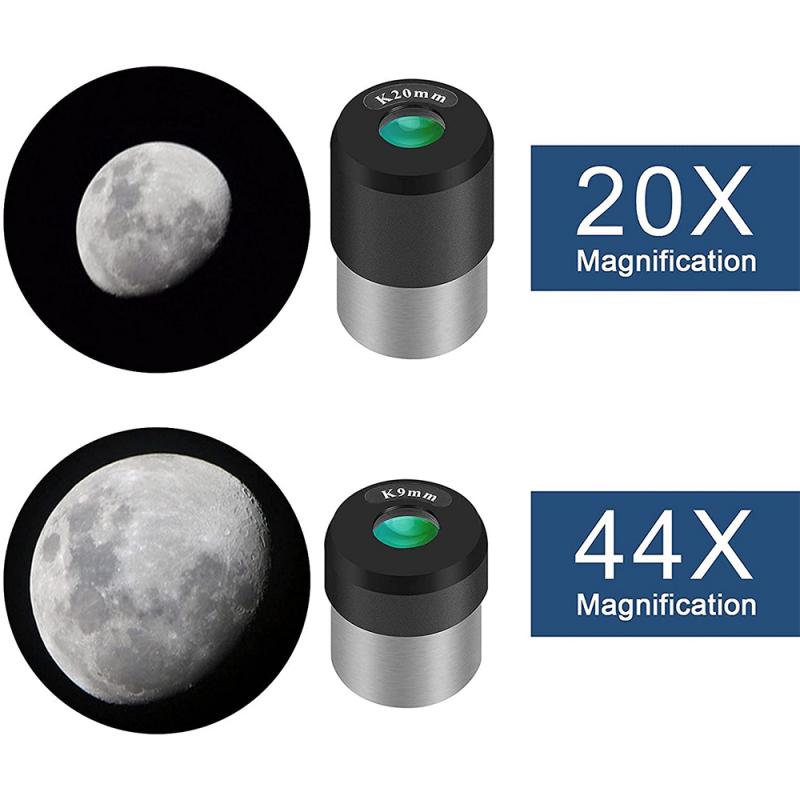
Eyepieces are interchangeable lenses that determine the magnification of your telescope. The magnification is calculated by dividing the focal length of the telescope by the focal length of the eyepiece. For example, a telescope with a 1000mm focal length and a 10mm eyepiece provides 100x magnification.
- Low Magnification (20x-50x): Ideal for wide-field views of star clusters and large nebulae.
- Medium Magnification (50x-150x): Suitable for viewing the moon, planets, and smaller deep-sky objects.
- High Magnification (150x and above): Best for detailed views of the moon and planets, but requires stable atmospheric conditions.
Finding and Observing Celestial Objects
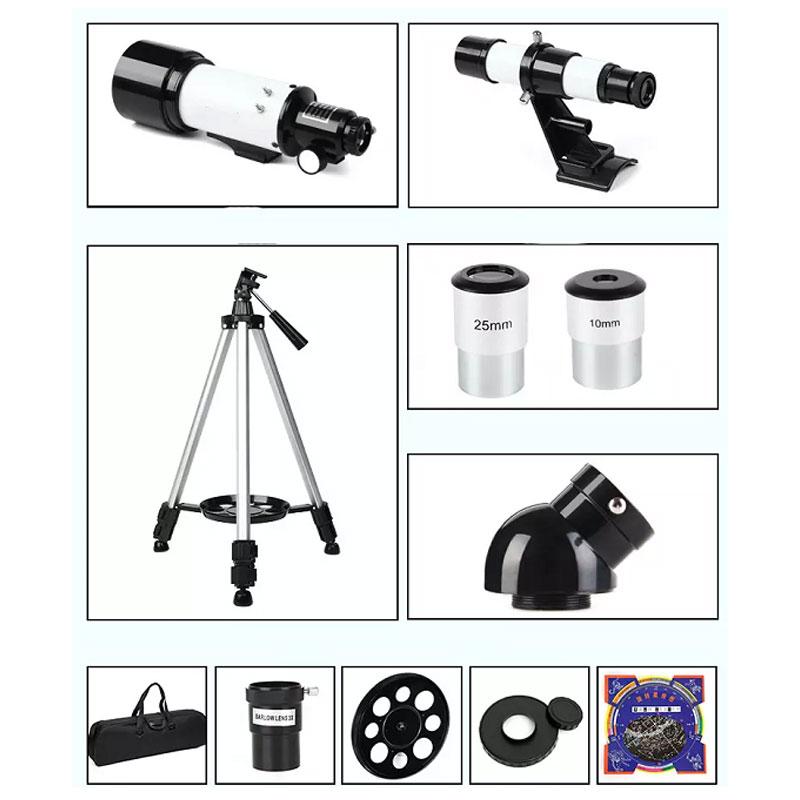
1. Start with the Moon: The moon is an excellent first target due to its brightness and detail. Use a low to medium magnification eyepiece to explore its craters, mountains, and valleys.
2. Move to Planets: Planets like Jupiter, Saturn, and Mars are bright and relatively easy to find. Use higher magnification to observe details like Jupiter's cloud bands and Saturn's rings.
3. Explore Deep-Sky Objects: Star clusters, galaxies, and nebulae require darker skies and often lower magnification. Use star charts or astronomy apps to locate these objects.
4. Use the Finderscope: Start by locating the object with the finderscope, then switch to the main telescope. This makes it easier to find and center objects in the eyepiece.
Tracking and Focusing
- Manual Tracking: If your telescope doesn't have a motorized mount, you'll need to manually adjust the telescope to keep objects in view as the Earth rotates. This requires small, continuous adjustments.
- Motorized Tracking: Motorized mounts can automatically track celestial objects, making observation more convenient. Ensure the mount is properly aligned and calibrated.
- Focusing: Use the focus knob to achieve a sharp image. Start with a low magnification eyepiece and fine-tune the focus. Switch to higher magnification if needed and adjust the focus again.
Dealing with Common Issues
- Atmospheric Conditions: Turbulence in the Earth's atmosphere can affect image clarity. Observe on nights with stable, clear skies for the best results.
- Light Pollution: Urban areas with high light pollution can hinder your ability to see faint objects. Try to observe from a dark location away from city lights.
- Dew and Condensation: Moisture can accumulate on the telescope's optics, especially on humid nights. Use a dew shield or heater to prevent this.
Maintenance and Care
- Cleaning Optics: Clean the lenses and mirrors only when necessary, using a soft brush or compressed air to remove dust. Avoid touching the optical surfaces with your fingers.
- Storage: Store your telescope in a dry, dust-free environment. Use protective covers to keep the optics clean.
- Regular Checks: Periodically check the alignment of the finderscope and the stability of the mount. Tighten any loose screws or bolts.
Enhancing Your Experience
- Astrophotography: If you're interested in capturing images of celestial objects, consider investing in a camera adapter for your telescope. Start with simple setups and gradually explore more advanced techniques.
- Join Astronomy Clubs: Connecting with local astronomy clubs can provide valuable insights, access to better equipment, and opportunities for group observations.
- Stay Informed: Keep up with astronomical events like meteor showers, eclipses, and planetary alignments. Use astronomy apps and websites to plan your observations.
Working a telescope effectively requires a combination of the right equipment, proper setup, and a bit of practice. By understanding the basics of telescope types, setup procedures, and observation techniques, you can enhance your stargazing experience and explore the wonders of the night sky. Whether you're observing the moon's craters, the rings of Saturn, or distant galaxies, the universe offers endless opportunities for discovery and awe. Happy stargazing!



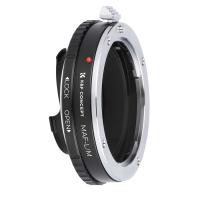
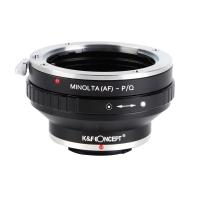
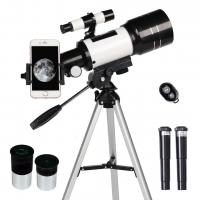
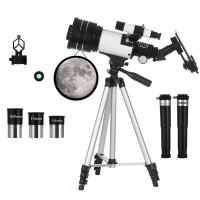
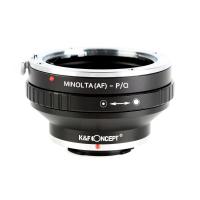



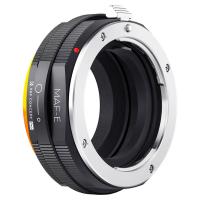



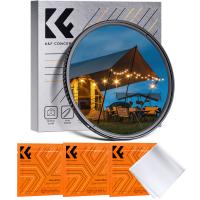

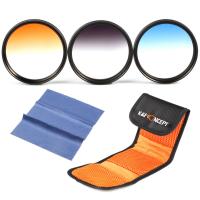


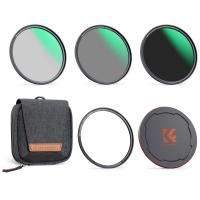



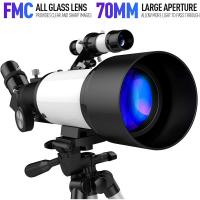


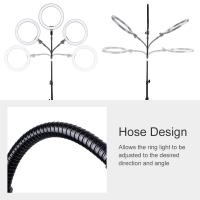



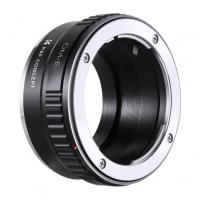
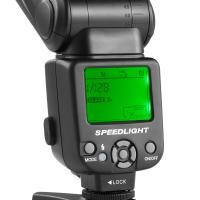





There are no comments for this blog.